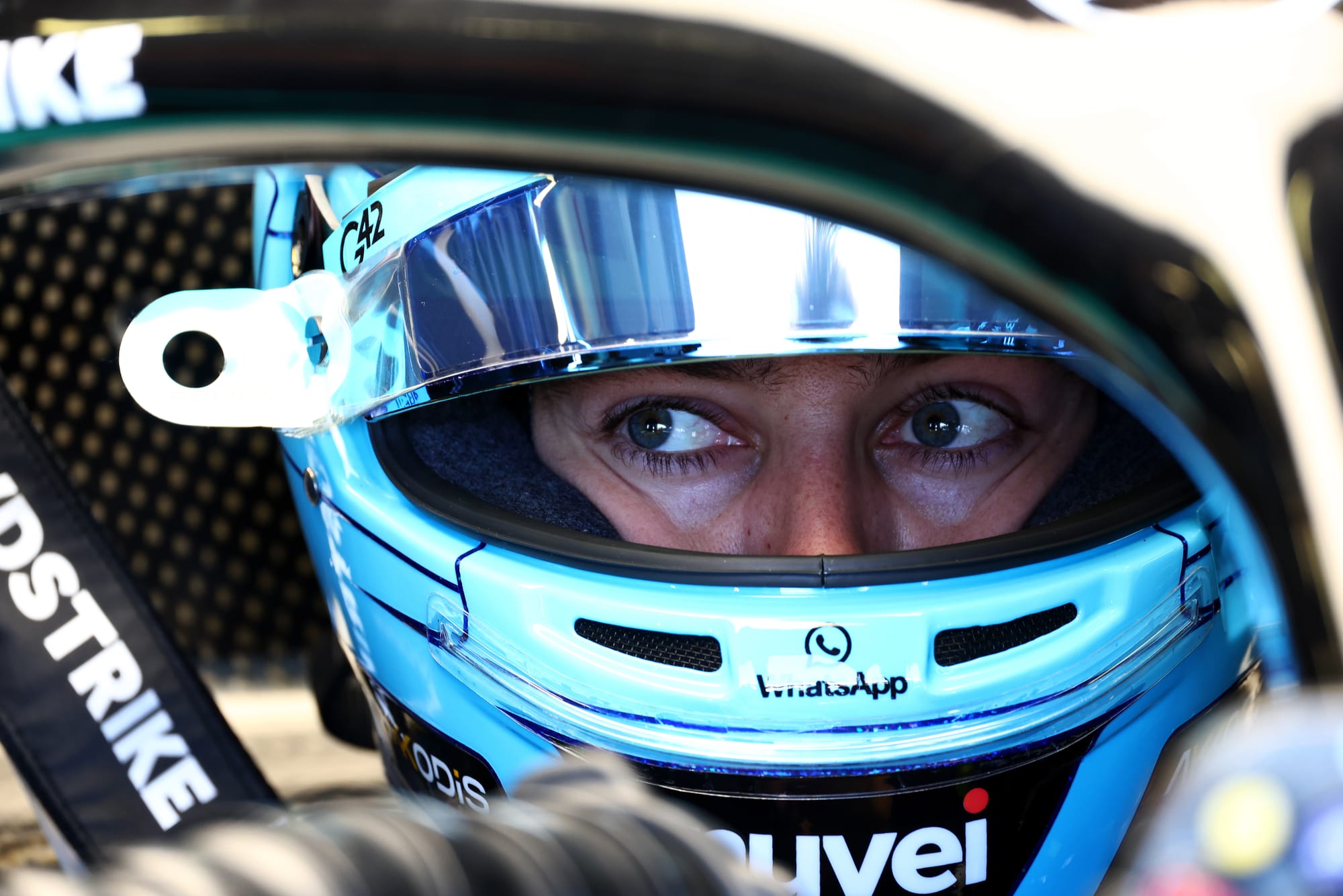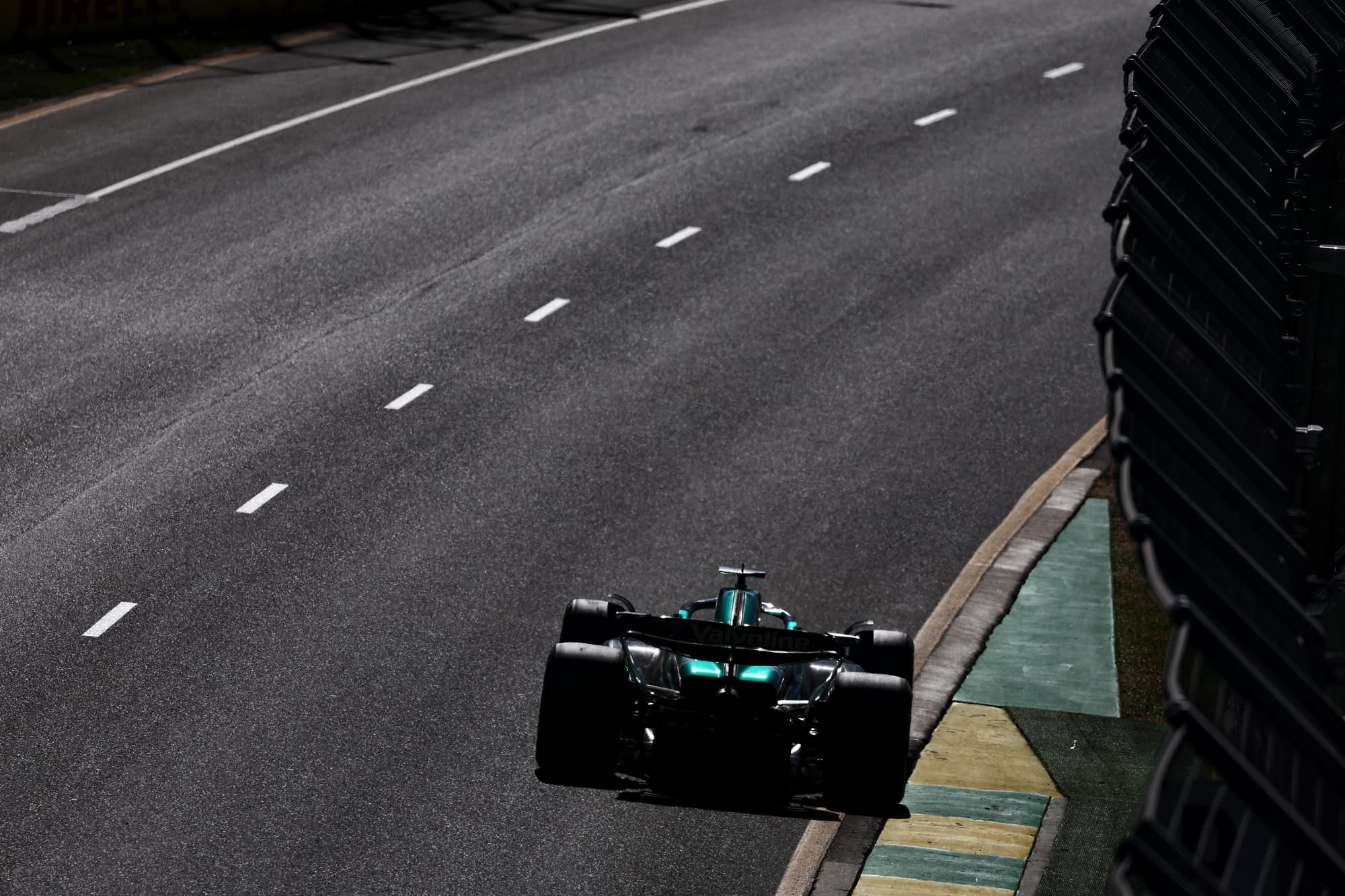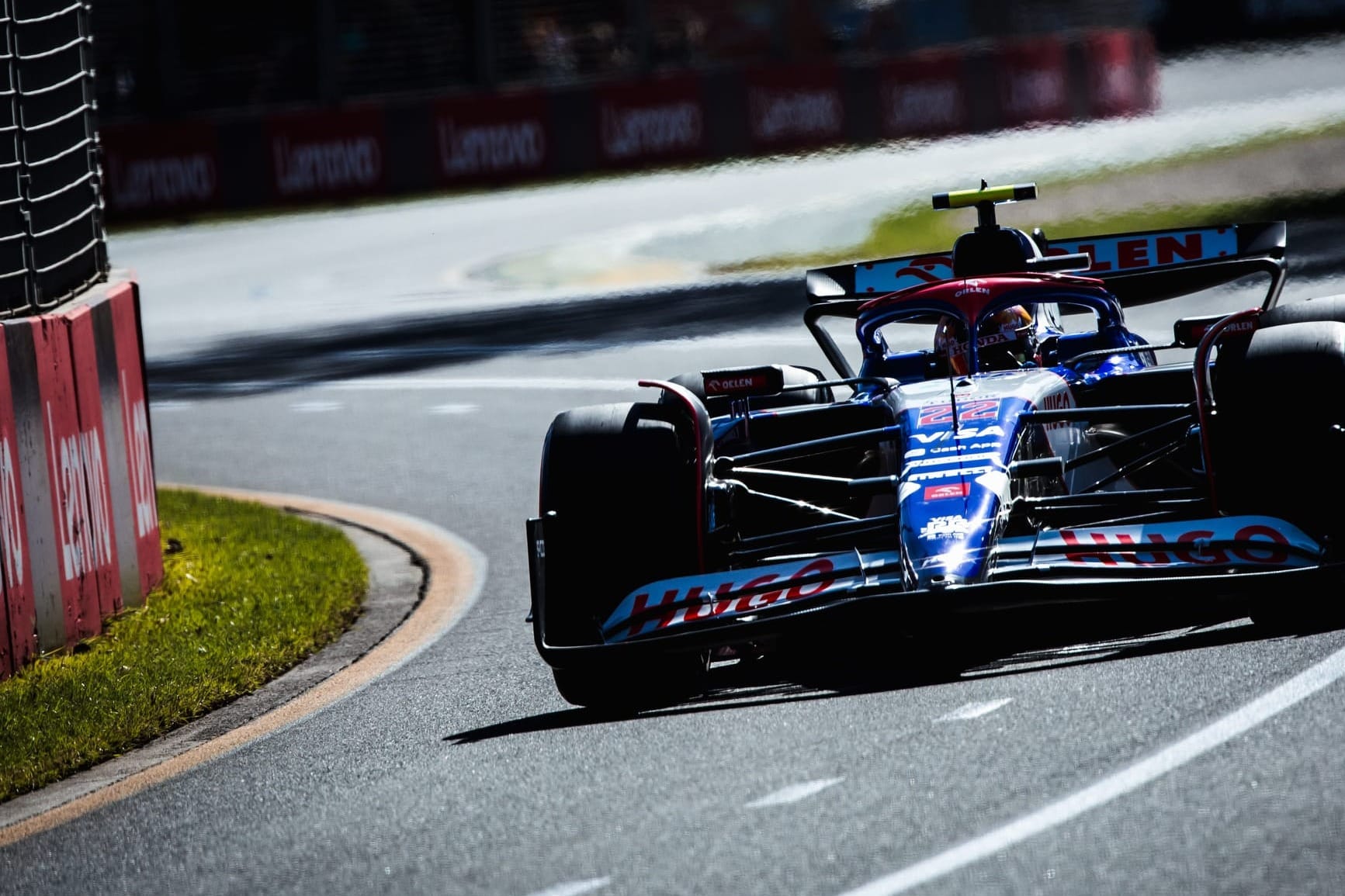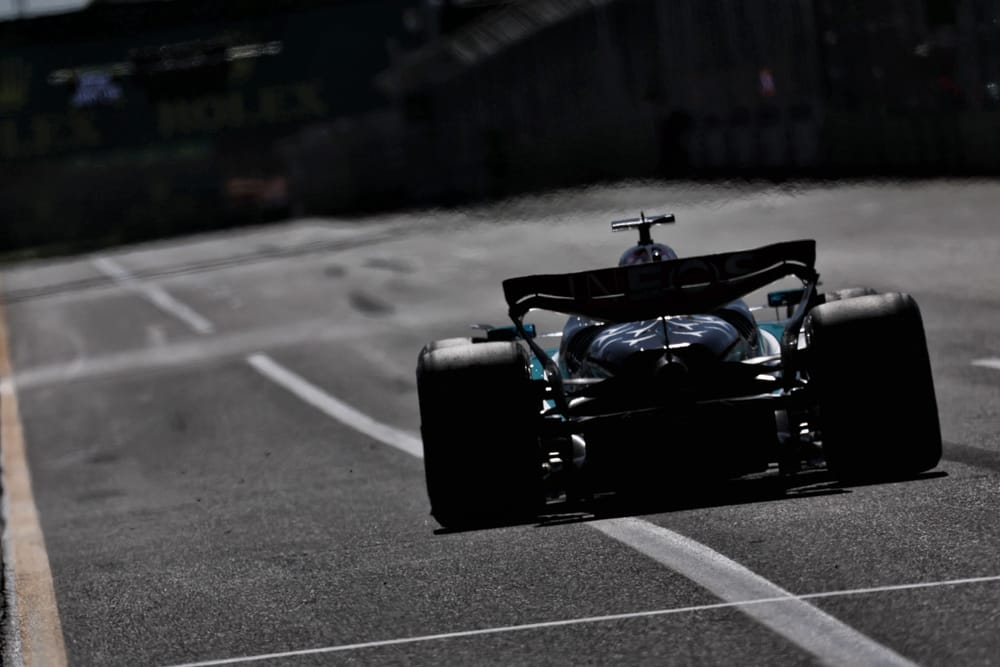Up Next

George Russell’s dramatic late crash in Formula 1’s Australian Grand Prix ended with his car in the middle of the track and the Mercedes driver desperately calling for a red flag over his team radio.
“Red flag, red flag, red flag,” Russell jumped on the radio to urge.
Big impact for George Russell 😮
— Formula 1 (@F1) March 24, 2024
Good to see the Mercedes man walk away unscathed from this crash 👍#F1 #AusGP pic.twitter.com/Jsq6RZ1UBS
“I’m in the middle of the track! Red flag, red flag.
“Red, red, red, red, red, red. I’m in the middle. Red. F***ing hell.”
However, the situation was instead managed with yellow flags and then a virtual safety car.
Russell's concern

Russell said afterwards: “It’s not a pleasant place to be in the middle of a high-speed corner on the racing line with the VSC taking 10-15 seconds to come out.
“It doesn't sound like a lot but you can have three cars coming around the corner in the space of 10 seconds.
“When you're doing 250km/h in a corner and there's a car in the middle of the road, I was really quite worried.”
First cars on the scene

Fortunately for Russell there was no car immediately following him. The double-waved yellows were out in time before the next cars arrived.
Three drivers - Lance Stroll, Yuki Tsunoda and Nico Hulkenberg - did eventually make their way past Russell’s crashed car while still on their penultimate lap while the full field came past on the final lap and again on the cool-down lap.
Stroll was the first on the scene with double-waved yellow flags trackside and slowed when he got to Turn 6 itself after his race engineer warned him on the radio with increasing urgency “yellow ahead, Russell off Turn 6, yellow ahead - danger, he’s in the track, danger, be careful, careful, careful”.
The double-waved yellows quickly became a virtual safety car as Stroll passed, which meant Tsunoda and the rest of the field approached extremely slowly.
They crept past the crashed Mercedes either on the left, partly using the grass, or on the right where there was space between the car and the barrier.
By the time Stroll came through on his final lap the medical car was on the scene as well with personnel standing by it in the middle of the track.
Why there was no red flag
LAP 58/58
— Formula 1 (@F1) March 24, 2024
Big crash for George Russell 💥
The Mercedes driver radioes to say he's okay.
The race will finish behind the Virtual Safety Car #F1 #AusGP pic.twitter.com/SjooKJ8Y5v
Given the positioning of the car, the fact the exit of the Turn 6 corner cannot be seen on entry, and the medical car being dispatched as well, there has been criticism of race control for not just red-flagging the end of the race to stop the field keep coming by.
The Race understands it was felt that the virtual safety car was sufficient to control the situation safely without any risk.
Double-waved yellows and the VSC are also well established to signal a hazard is “wholly or partly blocking the track” and that marshals may be “working on or beside the track” - so that kind of caution is designed to deal with this kind of situation.
Since last year, the FIA has also utilised an extended function of the delta time that is imposed across a whole lap under the VSC - so that a specific, lower speed limit is enforced at the part of the track where double-waved yellows are out.
That is why the speed of the cars was already so much lower on the approach to Turn 6 compared to the rest of their lap under the VSC.

It was also felt that as Sainz had just started his final lap when Russell crashed, it kept the number of times the field would need to pass the crash scene to a minimum.
This also prevented the whole field suddenly returning to the pits at once, sooner than expected for the end of the grand prix.
Had the crash happened with more laps left, a red flag would have been much more likely to have been deployed.



